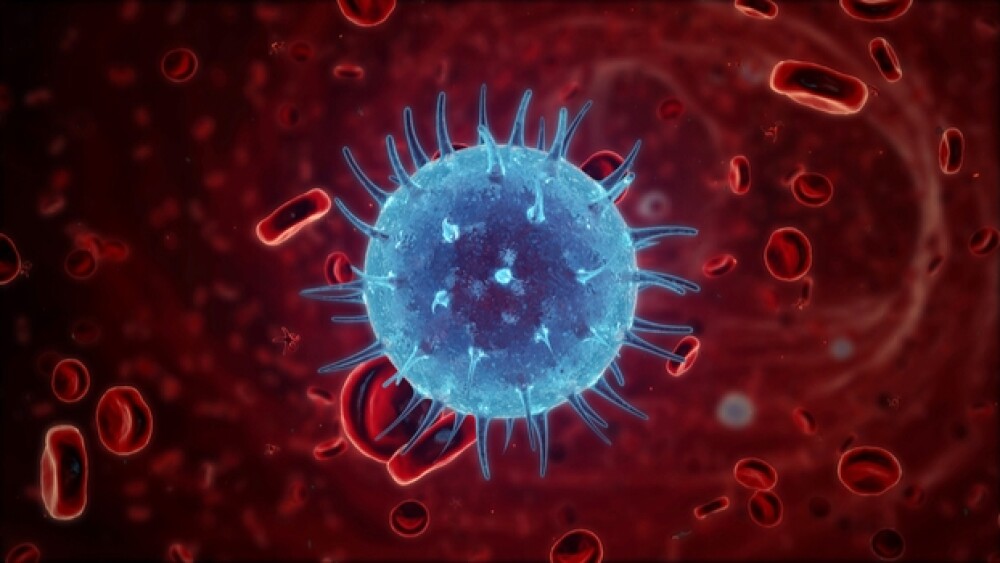At the American Society of Clinical Oncology meeting in Chicago, Kite presented updated safety data from the ZUMA-1 trial that introduced a regimen of steroids to CAR-T patients who show early signs of neurologic events reduces the safety concerns associated the CAR-T treatment.
In two different studies, Kite Pharma, a subsidiary of Gilead Sciences, demonstrated the strength of its CAR-T programs for difficult to treat blood cancers.
Kite was the second company to win regulatory approval in the U.S. for a CAR-T treatment. Yescarta was approved in 2017 for relapsed or refractory large B-cell lymphoma after two or more lines of systemic therapy, including diffuse large B-cell lymphoma (DLBCL) not otherwise specified, primary mediastinal large B-cell lymphoma (PMBCL), high-grade B-cell lymphoma, and DLBCL arising from follicular lymphoma (transformed follicular lymphoma, or TFL).
The cell therapy treatment was approved with a boxed warning that describes the risks of cytokine release syndrome and neurological toxicities. But at the American Society of Clinical Oncology meeting in Chicago, Kite presented updated safety data from the ZUMA-1 trial that showed introducing a regimen of steroids to CAR-T patients who show early signs of neurologic events reduces the safety concerns associated the CAR-T treatment. The study showed that early steroid interventions may reduce the incidence of severe CRS and neurologic events associated with Yescarta without impacting the efficacy of the drug, Max S. Topp, the lead investigator of the ZUMA-1 Cohort 4 study and the head of Hematology at University Hospital of Wuerzburg in Germany, told BioSpace. The addition of steroids to these patients made a big difference in mitigating neurotoxic concerns, he said.
“It appears that early intervention of steroids … really is a good way of preventing these issues,” Topp said.
Remus Vezan, the executive director of clinical development at Kite, told BioSpace that the improved safety results will mean a lot for patients and will also provide investigators and doctors more confidence in using the treatment for their patients.
ZUMA-1 data shows that more than half of the patients who participated in the ZUMA-1 trial are still alive after being dosed with Yescarta more than two years ago. Data presented at ASCO showed strong objective response rates in patients, particularly those who are older than the age of 65. With a median follow-up of 27.1 months in the ZUMA-1 trial, patients over the age of 65 saw a 92 percent ORR, while those below that age group posted ORR of 81 percent. Additionally, 75 percent and 53 percent of patients in the respective groups achieved a complete response, Kite reported. At two years, 42 percent of the 65 and older patients and 38 percent of the under 65 patients were in an ongoing response. The 24-month overall survival rate was 54 percent and 49 percent in each respective group, the company said. In addition to the strong efficacy results, the safety profile of ZUMA-1 was also manageable, the company said.
In addition to the ZUMA-1 trial, Kite also shared results from the completed Phase I of the ZUMA-3 study evaluating KTE-X19, an investigational CD19 CAR T cell therapy. ZUMA-3 is a single-arm Phase I/II study in adult patients with relapsed or refractory acute lymphoblastic leukemia (ALL). The announced results from the first part of the trial will provide dosing and safety guidance on the Phase II portion. Patients who participated in the study received one of three different dose levels of KTE-X19 and had at least two prior treatments in their disease. The Phase I results were impressive, with 41 of the 45 patients dosed, 68 percent, showing a complete response, or a CRI with incomplete hematological recovery. Also those patients all had undetectable minimal residual disease.
KTE-X19 has the same construct as Yescarta, however, the manufacturing process for KTE-X19 differs from and includes the enrichment of lymphocytes. Lymphocyte enrichment is necessary in certain B-cell malignancies for which KTE-X19 in under investigation.
For the patients treated with the dose selected for the Phase II trial, (1 x 106 ells/kg), 19 were evaluable for efficacy. At the point of data cut-off, 84 percent of those patients achieved CR or CRI, and 12 patients (75 percent) were in ongoing response. There were no dose-limiting toxicities identified, Kite said.
Vezan said he was not sure which trial results he was happier about.
“The results for these trials are just amazing, they’re remarkable,” he said as he noted how difficult it is to treat these ALL patients. Vezan said he is encouraged by both the high response rate the KTE-X19 patients have shown, as well as the reduced incidents of toxicity. Vezan said he looks forward to the next phase of the trial.
Vezan noted that Kite has multiple trials ongoing with both Yescarta and KTE-X19. As the efficacy data continues to demonstrate how well patients respond to Yescarta or other CAR-T treatments like KTE-X19, Vezan said he expects to see higher treatment benefits, as well as patient use.
“We really have a broad pipeline that reconfirms our commitment to the cell therapy state,” Vezan said. “Next year will be an amazing year with the data that will be presented.”





